We kindly invite you to read the entire , as we strive to provide you with detailed technical and historical information to ensure the authenticity of our objects.
The wooden frame enclosing the print is very special and unusual; it was recently made by a master cabinetmaker whose workshop is located in the "coolest" neighborhood of Florence: San Frediano, known for the fascinating and unique "workshops" of artisans who still create with their own hands. The master craftsman inserted four shiny mirrors on the sides of the flat part of the frame, tilting them outward, while painting the outer part and the inner edge with gold, creating a very bright, elegant, and sophisticated optical effect. The print is enclosed within the frame by a fine black passepartout with gold edging. The print, which is paperwork and not a book page, was executed in Paris between 1888 and 1889 by skilled draughtsmen and engravers exclusively for the Librairie Emile Bouillon (as indicated on the print itself). This bookstore-publisher was at 67 Rue de Richelieu, Paris (2nd arrondissement). The bookstore was opened in 1888 by Emile Bouillon, who owned it throughout its operation. It specialized in scientific and literary publications. The Emile Bouillon bookstore was known for publishing works with high-quality illustrations and engravings. It often collaborated with well-known illustrators and engravers of the time to create exclusive prints. This was common among bookstores of the period, which often commissioned artists to create specific illustrations for their books, making them unique and highly collectible pieces; this was a common practice among high-profile publishers such as Bouillon.
Nemesis is a term that originates from Greek mythology. The word comes from the ancient Greek "Νέμεσις" (Némesis), meaning "distribution of justice" or "divine vengeance." In this tradition, Nemesis was the goddess of vengeance, punishing excesses and restoring balance. Our print depicts the goddess Nemesis with a cornucopia, a very rare iconography rich in meaning. In the hands of Nemesis the cornucopia, generally a symbol of abundance and prosperity, could symbolize the equitable distribution of fortunes and the balance between punishment and reward. The figure of Nemesis is depicted in classical robes, typical of representations of Greek deities, and an elegant posture that suggests authority and serenity. This depiction may be influenced by Roman iconography, where deities were often depicted with various attributes to emphasize different aspects of their powers. The design appears to have a neoclassical style, typical of the 19th century when there was a rediscovery of classical art and mythology. This period often sought to combine different elements to create ideal representations of deities. The cornucopia in Nemesis' hand may also represent the fruit of justice. In other words, a balanced and just society brings prosperity and abundance. In this case, Nemesis is not only a goddess of vengeance but also a protector of order that, when maintained, benefits all. The presence of the cornucopia can balance the idea of punishment with that of reward. Nemesis ensures that justice is done in such a way that virtue is rewarded and guilt punished. The image of Nemesis with a cornucopia is a rare and interesting interpretation, making our print a unique piece that has considerable historical value and, at the same time, an inimitable and sought-after piece of decor. The print and frame are in good condition. Measurements: width 30 cm, height 40 cm, depth 3 cm.
Vi invitiamo a leggere l'intero documento, in quanto ci impegniamo a fornire informazioni tecniche e storiche dettagliate per garantire l'autenticità dei nostri oggetti.
La cornice in legno che racchiude la stampa è molto particolare e insolita; è stata recentemente realizzata da un maestro ebanista il cui laboratorio si trova nel quartiere più "cool" di Firenze: San Frediano, noto per le affascinanti e uniche "botteghe" di artigiani che ancora creano con le proprie mani. Il maestro artigiano ha inserito quattro specchi lucidi ai lati della parte piatta della cornice, inclinandoli verso l'esterno, mentre ha dipinto d'oro la parte esterna e il bordo interno, creando un effetto ottico molto luminoso, elegante e sofisticato. La stampa è racchiusa nella cornice da un sottile passepartout nero con bordi dorati. La stampa, che è cartacea e non una pagina di libro, è stata eseguita a Parigi tra il 1888 e il 1889 da abili disegnatori e incisori esclusivamente per la Librairie Emile Bouillon (come indicato sulla stampa stessa). Questa libreria-editrice si trovava al 67 di Rue de Richelieu, a Parigi (2° arrondissement). La libreria fu aperta nel 1888 da Emile Bouillon, che ne fu il proprietario per tutta la durata della sua attività. Era specializzata in pubblicazioni scientifiche e letterarie. La libreria Emile Bouillon era nota per la pubblicazione di opere con illustrazioni e incisioni di alta qualità. Spesso collaborava con noti illustratori e incisori dell'epoca per creare stampe esclusive. Si trattava di una pratica comune tra le librerie dell'epoca, che spesso commissionavano ad artisti la creazione di illustrazioni specifiche per i loro libri, rendendoli pezzi unici e altamente collezionabili; questa era una pratica comune tra gli editori di alto profilo come Bouillon.
Nemesi è un termine che trae origine dalla mitologia greca. La parola deriva dal greco antico "Νέμεσις" (Némesis), che significa "distribuzione della giustizia" o "vendetta divina" In questa tradizione, Nemesi era la dea della vendetta, che puniva gli eccessi e ristabiliva l'equilibrio. La nostra stampa raffigura la dea Nemesi con una cornucopia, un'iconografia molto rara e ricca di significato. Nelle mani di Nemesi la cornucopia, generalmente simbolo di abbondanza e prosperità, poteva simboleggiare l'equa distribuzione delle fortune e l'equilibrio tra punizione e ricompensa. La figura di Nemesi è raffigurata con vesti classiche, tipiche delle rappresentazioni delle divinità greche, e con una postura elegante che suggerisce autorità e serenità. Questa raffigurazione potrebbe essere influenzata dall'iconografia romana, dove le divinità erano spesso rappresentate con vari attributi per sottolineare i diversi aspetti dei loro poteri. Il disegno sembra avere uno stile neoclassico, tipico del XIX secolo, quando ci fu una riscoperta dell'arte e della mitologia classica. In questo periodo si cercava spesso di combinare diversi elementi per creare rappresentazioni ideali delle divinità. La cornucopia nella mano di Nemesi può anche rappresentare il frutto della giustizia. In altre parole, una società equilibrata e giusta porta prosperità e abbondanza. In questo caso, Nemesi non è solo una dea della vendetta, ma anche una protettrice dell'ordine che, se mantenuto, porta benefici a tutti. La presenza della cornucopia può bilanciare l'idea di punizione con quella di ricompensa. Nemesi assicura che la giustizia sia fatta in modo tale che la virtù sia premiata e la colpa punita. L'immagine di Nemesi con la cornucopia è un'interpretazione rara e interessante, che rende la nostra stampa un pezzo unico di notevole valore storico e, allo stesso tempo, un oggetto d'arredo inimitabile e ricercato. La stampa e la cornice sono in buone condizioni. Misure: larghezza 30 cm, altezza 40 cm, profondità 3 cm.


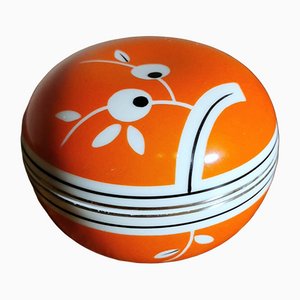

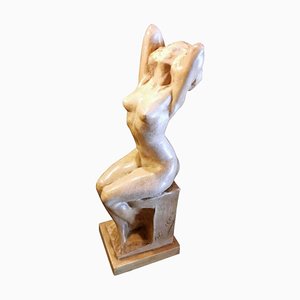
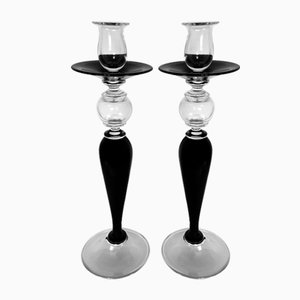
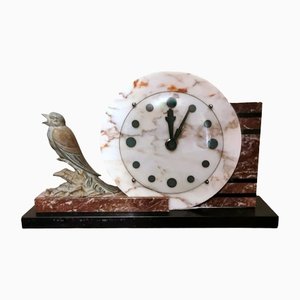
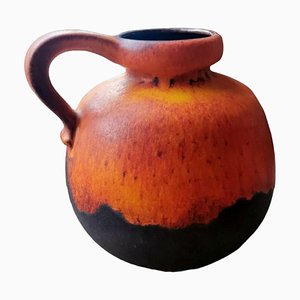


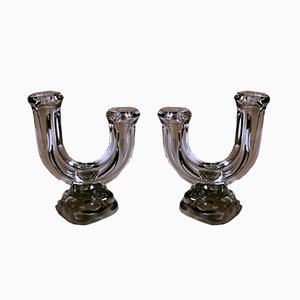

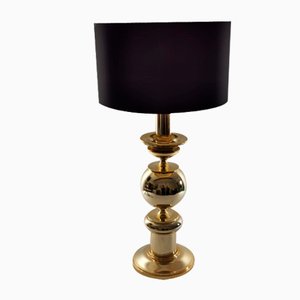
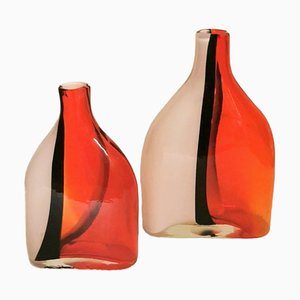
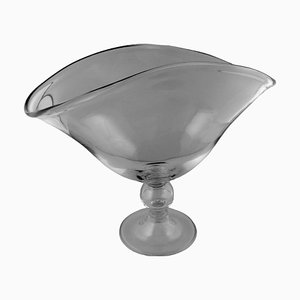
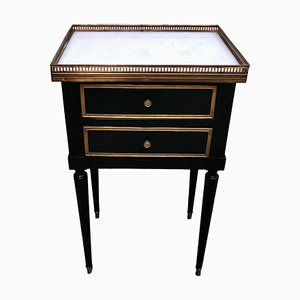
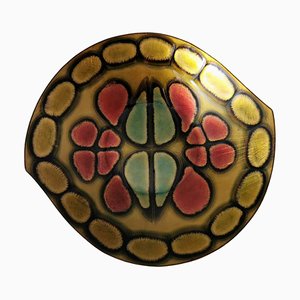


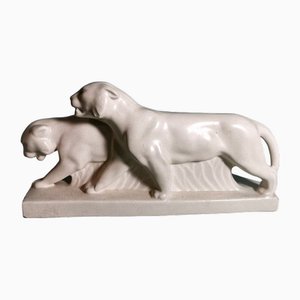
Contattaci
Fai un'offerta
Abbiamo notato che sei nuovo su Pamono!
Accetta i Termini e condizioni e l'Informativa sulla privacy
Contattaci
Fai un'offerta
Ci siamo quasi!
Per seguire la conversazione sulla piattaforma, si prega di completare la registrazione. Per procedere con la tua offerta sulla piattaforma, ti preghiamo di completare la registrazione.Successo
Grazie per la vostra richiesta, qualcuno del nostro team vi contatterà a breve.
Se sei un professionista del design, fai domanda qui per i vantaggi del Programma Commerciale di Pamono